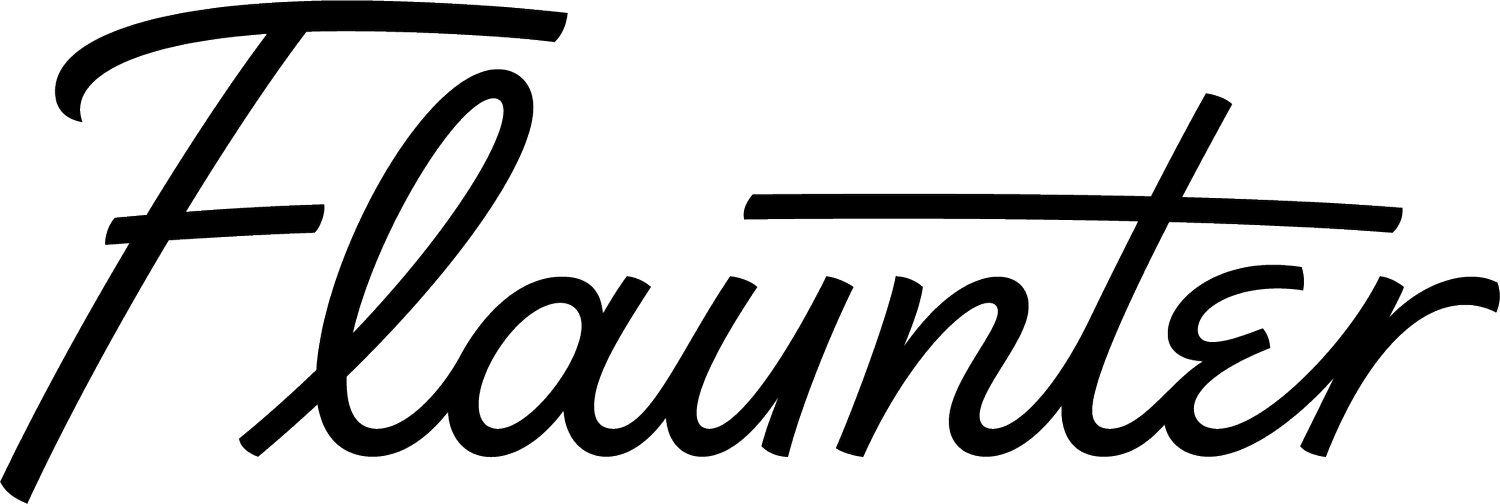How To Make Sure Your Pitch Email Gets Read Every Single Time
Confession time: I don’t always respond to every email that lands in my inbox. I used to try to, but that was when I only had one website to look after – instead of three. Now I simply delete the emails that I know aren’t relevant to my titles.
I used to feel really bad about this – as I thought it was the height of rudeness – but I’ve come to the realisation that if a brand or PR can’t be bothered to tailor their pitch, or include the relevant info or assets, then I shouldn’t feel bad about hitting delete. I could spend my entire day responding to email pitches, explaining why it isn’t relevant for our channels, but then I wouldn’t be doing my job.
My job is to find and help craft great stories that our audiences will love. If a pitch from a PR or brand can help me with that, then I’m all ears.
Here’s a few tips on how to get your email noticed amid an editor’s already overflowing inbox:
Offer something different.
The key to getting cut-through when it comes to digital content is either being fast and first, or being unique. If you can’t offer either of those, you’re unlikely to get your brands featured by online publications. Take the time to carve out exclusive content with your brands just for them, and be transparent with what you’re offering other outlets. You don’t have to name names, but letting them know that they have XX images, and someone else has YY, may help in creating a sense of competition that may actually motivate them to post their story sooner, or cover it more comprehensively than their competitors.
Get social.
Before you start writing your email, take pause to consider how this particular title might ‘sell’ the story you’re suggesting on their Facebook/Instagram. What would the headline be? And then: is it interesting? Would you really click on it if you saw it on your feed? Framing your pitch with this in mind is vital for viewing your pitch as an editor or writer would view it. Think about the most interesting angle, the questions it raises, or the value it presents to their audience – then use that in your email subject heading. They won’t be able to resist opening.
Get your assets in order.
Images are vital to selling a story online, so if an editor can’t get a visual immediately on your story pitch, it will be relegated to the list of ‘things to download and look at more when I have the time’ – which, sadly, often means your story loses its timeliness and subsequently, editorial value.
Make it easy for content producers to evaluate the relevancy of your story by including at least one or two web res (that’s 72 dpi, or approx 400KB) JPEG images to your initial story pitch email. I can’t tell you how many times a PR has sent me an email which sounds promising but there are no images. Instead, they’ll include a link to a Dropbox – which I then have to download the 50MB file that crashed my computer just to see it full size. This is why Flaunter is such a great resource (and no, I’m not just saying that!) as it allows editors to see all the available images at a glance, then choose the resolution they want to download at.
Keep it short and sweet.
Be chatty, for sure, but please, please, don’t waffle. I don’t have time to read a paragraph about your most recent weekend away, then a full brand and designer bio, before getting to the piece of news that is actually relevant to my title. Dot points are great. You could even bold key info. But don’t use CAPS LOCK BECAUSE IT READS AS SHOUTY. Be crystal clear about what assets you have available, (or what you’ll be able to get your hands on), and when you can (realistically) deliver them. Brevity is always appreciated.
Do it in one hit.
Don’t send an email pitch that is lacking key information. Sounds simple, I know, but so many times core details are left off an initial pitch. I think because the PR want to ‘gauge’ interest. But this then requires another round of emails, further delaying the process, sometimes by days – which is an aeon in online-content-time. The non-negotiables?
Links to the brand’s website and social channels
One or two web res images (see above)
RRPs in the relevant currency
An online stockist or, at the very least, an Australian stockists phone number
An in-store/online drop date, if relevant.
Again, dot points are fine/actually quite great 😉
Filter, filter, filter.
I usually receive a few hundred emails in a day. Sounds like a lot, because it is! My job, however, is much more than clearing my inbox each day. So when PRs or marketing managers repeatedly send me generic press releases about products or events that are clearly irrelevant to my titles, I start to think that they’re lazy. And, if I’m being totally honest here – I start to resent them. Just a little. Instead, be a friend and filter your distribution list before hitting send.
WORDS BY ALISON IZZO, HEAD OF DIGITAL STRATEGY AND IMPLEMENTATION – ARE MEDIA (PREVIOUSLY ASSOCIATE EDITOR FOR JONES MAGAZINE, PREVIOUSLY DIGITAL MANAGING EDITOR FOR COSMOPOLITAN, ELLE AND HARPER’S BAZAAR AUSTRALIA). FOLLOW ALISON ON INSTAGRAM @ALI__IZZO.
LOOKING FOR ADDITIONAL HELP WITH COPYWRITING AND PITCHING? SEND AN EMAIL TO SUPPORT@FLAUNTER.COM.


